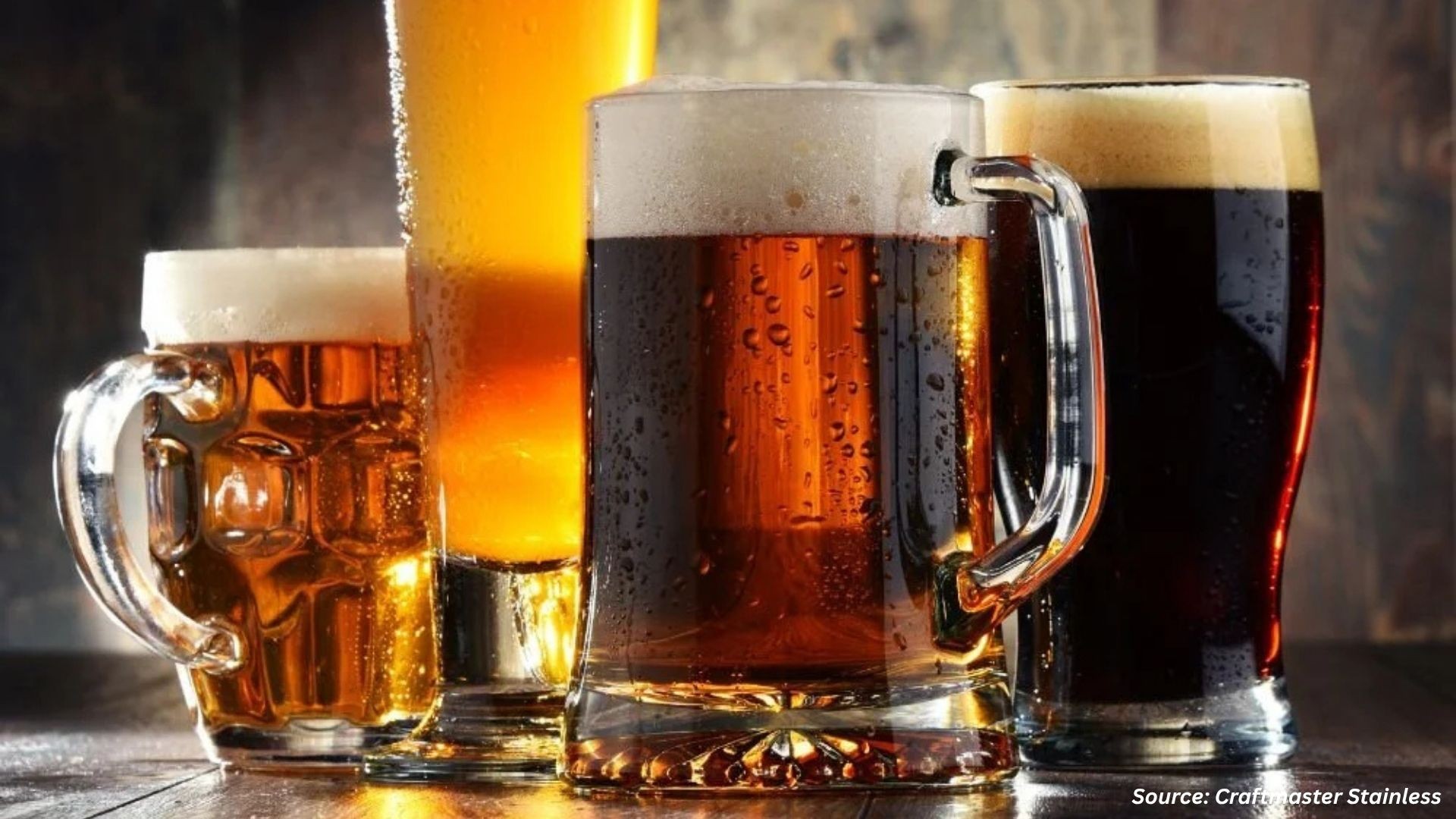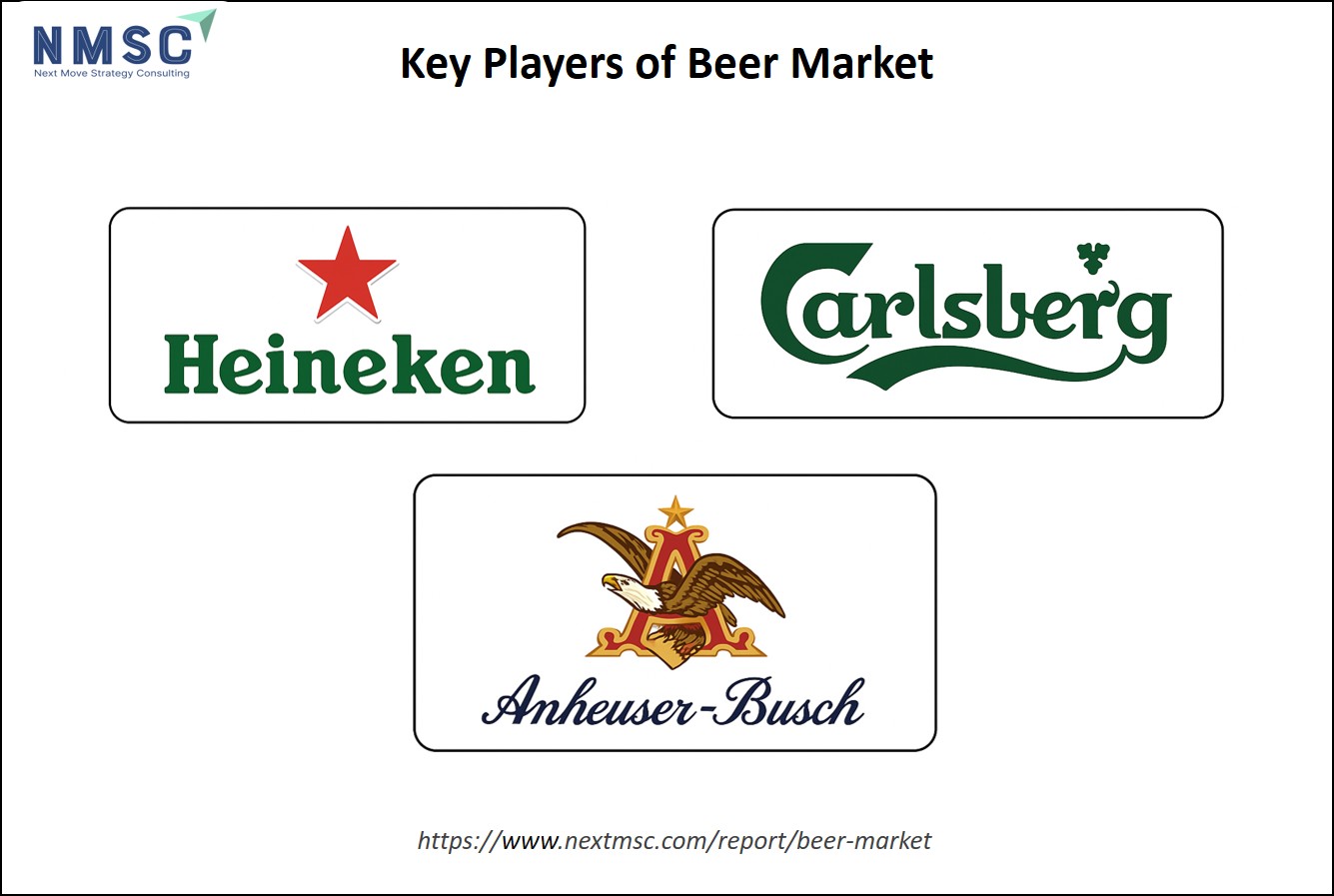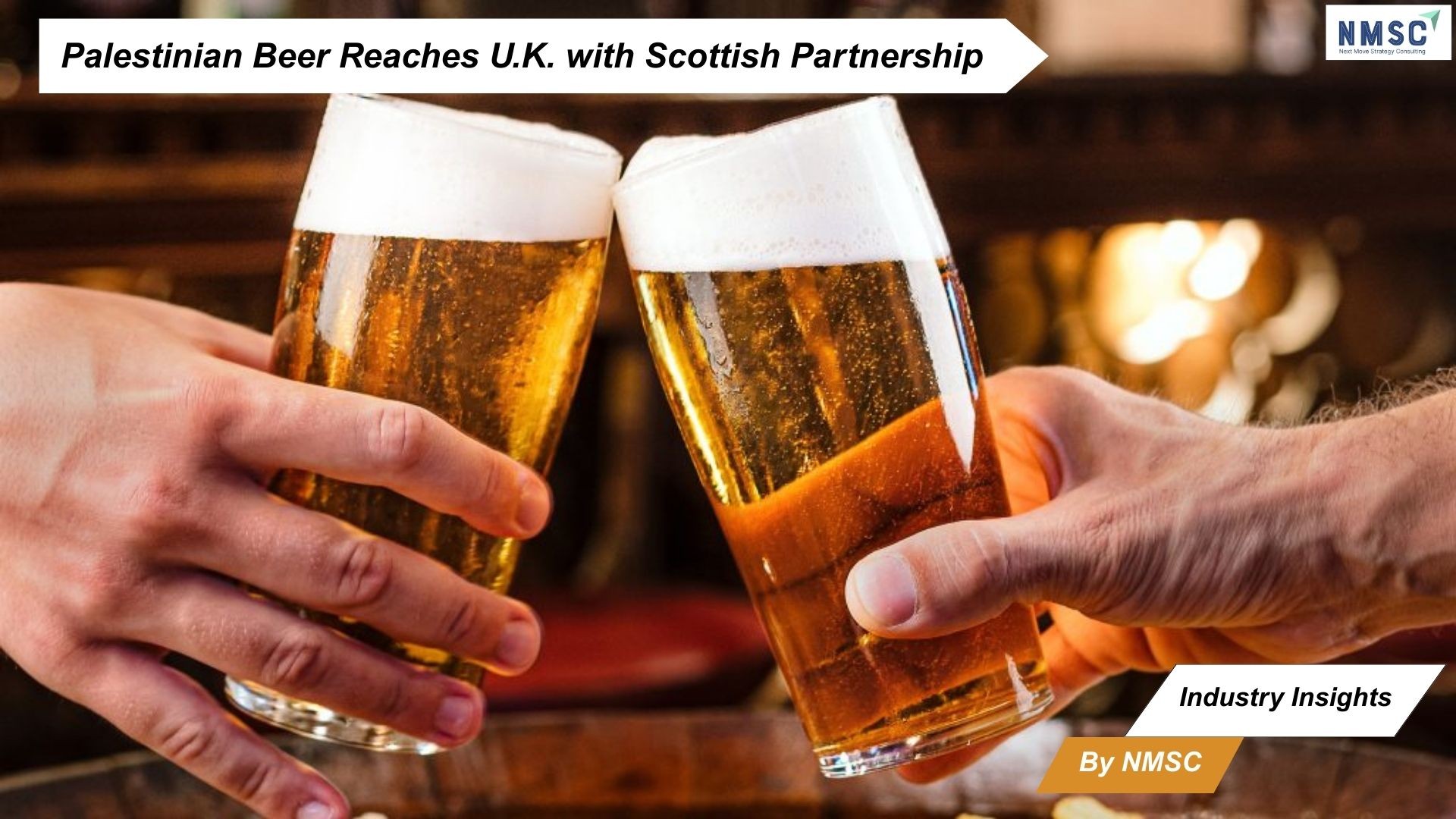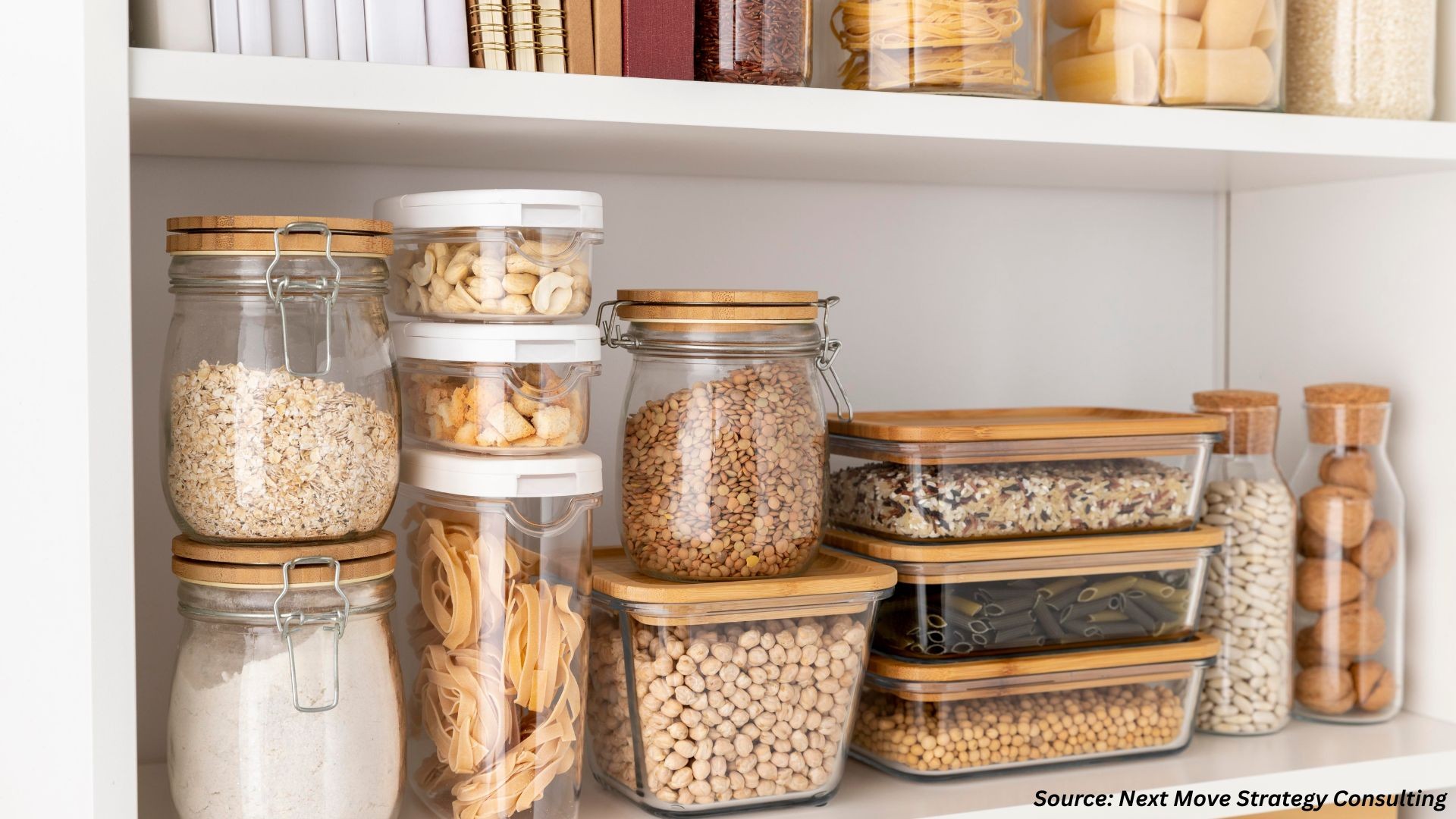Global Beer Market Trends and Key Player Strategies
Published: 2025-09-10

The Beer Market in 2025 is undergoing a profound transformation, driven by shifting consumer preferences, innovation in product formulation, and changing regulatory dynamics. With global alcohol consumption declining in 2024, non-alcoholic beer has rapidly emerged as a key growth driver, poised to become the second-largest beer category worldwide. At the same time, brewers are adapting to cost pressures and new tax policies through a strategy now known as “drinkflation”—reducing alcohol strength without changing prices. This evolving landscape has prompted global giants like Anheuser-Busch InBev, Heineken, and Carlsberg to rethink their strategies, from scaling domestic production to expanding their non-alcoholic and soft drink offerings.
Beer Market Shifts: Non-Alcoholic Rise and Drinkflation Trends
Non-Alcoholic Beer Gains Ground Globally
While global alcohol consumption declined in 2024, one category is rapidly gaining momentum. Non-alcoholic beer is on track to surpass ale this year, positioning itself as the world’s second-largest beer category after lagers.
This shift signifies an important milestone for a category that currently makes up around 2% of global beer volume. Lagers remain the dominant force, accounting for 92% of the market.
Volume Declines Hit AB InBev and Heineken
From Brazil’s Copacabana beaches to the neon-lit bars of Shanghai, AB InBev—the world’s largest brewer—faces the challenge of boosting consumer demand for its flagship brands, Budweiser and Corona. The company’s shares fell by 11.5% on Thursday, marking their steepest single-day decline since 2020, after second-quarter volumes fell short of expectations, driven by significant drops in two critical markets: Brazil and China, the world’s second-largest economy.
Rival Heineken also saw its shares drop by over 8% on Monday after cautioning that beer volumes would likely remain weaker than anticipated for the rest of the year. The company chose not to upgrade its annual profit outlook, pointing to ongoing market volatility, including the impact of U.S. trade tariffs.
According to investors and analysts, broader concerns around growth and declining volumes for both of the world’s leading brewers have overshadowed other positive aspects of their performance—such as solid profit margins.
"Drinkflation": Brewers Cut Alcohol to Avoid Higher Costs
A leading alcohol company is preparing to reduce the alcohol content of one of its most popular beers — a move that is likely to upset many consumers.
Coors is set to lower the alcohol content of its lager from 4% to 3.4% in the coming weeks, joining a growing number of brands reducing the strength of their beverages.
Since the introduction of the new tax system, brewers have been lowering the alcohol content of their beers to 3.4% to sidestep higher duties, all while maintaining current pricing.
This trend has been dubbed “drinkflation,” a twist on “shrinkflation,” where product size is reduced but prices remain unchanged.
This approach is frequently used by companies to manage rising production costs.
When faced with significant pressure on profit margins, a business may opt to reduce product size instead of raising prices.
Key Players of the Market:
-
Anheuser-Busch InBev- It announced on Monday that it will invest $300 million in its American manufacturing facilities this year, aligning with the broader push for domestic production under President Donald Trump. Anheuser-Busch, headquartered in St. Louis, Missouri, stated that it has invested nearly $2 billion over the past five years across 100 facilities nationwide. The company also revealed plans to launch a new facility in Columbus, Ohio.
-
Heineken- It sparked a rally in shares of Europe’s largest brewers on Wednesday after the Dutch company reported annual profits and revenues that exceeded expectations and unveiled an unexpected share buyback plan. Heineken’s shares jumped 12% after the company announced a €1.5 billion stock buyback over the next two years. The Dutch brewer—known for brands like Amstel and Birra Moretti—posted an 8.3% increase in operating profit, surpassing analyst forecasts of 5.3%, while net revenue grew by 5%, also beating expectations. Following Heineken’s strong performance, shares of AB InBev rose by 4% and Carlsberg gained 3%.
-
Carlsberg- It is turning to its soft drink and non-alcoholic beverage portfolio to steer growth through 2025 and beyond—though the strategy comes with its own set of challenges.
Conclusion
The 2025 beer market reflects a sector in flux, balancing tradition with transformation. Non-alcoholic beer is no longer a fringe offering—it is redefining the competitive landscape. As “drinkflation” takes hold, manufacturers are making tactical shifts to manage rising production costs without alienating consumers. Meanwhile, legacy brewers like AB InBev are ramping up domestic investments, Heineken is returning value through share buybacks, and Carlsberg is diversifying into soft drinks and low-alcohol lines to future-proof its portfolio. These moves highlight an industry increasingly driven by agility, innovation, and regional responsiveness. Going forward, companies that can align product strategy with evolving consumer health priorities and regulatory changes will be best positioned to lead. Procurement leaders and B2B stakeholders must closely monitor these shifts to adapt their sourcing, pricing, and partnership models in a market where the only constant is change.
About the Author
 Karabi Sonowal is an experienced SEO Executive and Content Writer in digital marketing. She excels in SEO, content creation, and data-driven strategies that boost online visibility and engagement. Known for simplifying complex concepts, Karabi creates impactful content aligned with industry trends.
Karabi Sonowal is an experienced SEO Executive and Content Writer in digital marketing. She excels in SEO, content creation, and data-driven strategies that boost online visibility and engagement. Known for simplifying complex concepts, Karabi creates impactful content aligned with industry trends.
About the Reviewer
 Sanyukta Deb is a seasoned Content Writer and Team Leader in Digital Marketing, known for her expertise in crafting online visibility strategies and navigating the dynamic digital landscape. With a flair for developing data-driven campaigns and producing compelling, audience-focused content, she helps brands elevate their presence and deepen user engagement. Beyond her professional endeavors, Sanyukta finds inspiration in creative projects and design pursuits.
Sanyukta Deb is a seasoned Content Writer and Team Leader in Digital Marketing, known for her expertise in crafting online visibility strategies and navigating the dynamic digital landscape. With a flair for developing data-driven campaigns and producing compelling, audience-focused content, she helps brands elevate their presence and deepen user engagement. Beyond her professional endeavors, Sanyukta finds inspiration in creative projects and design pursuits.

















Add Comment